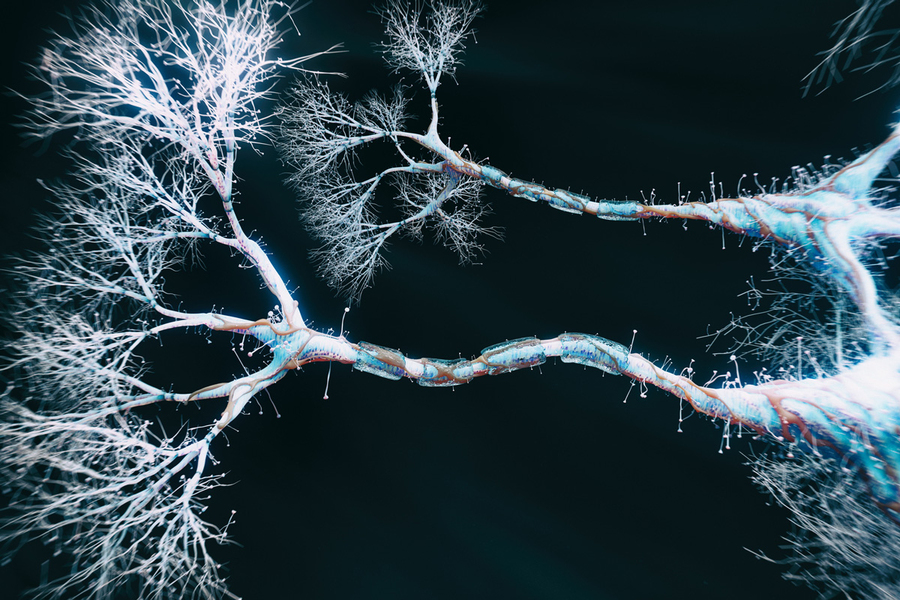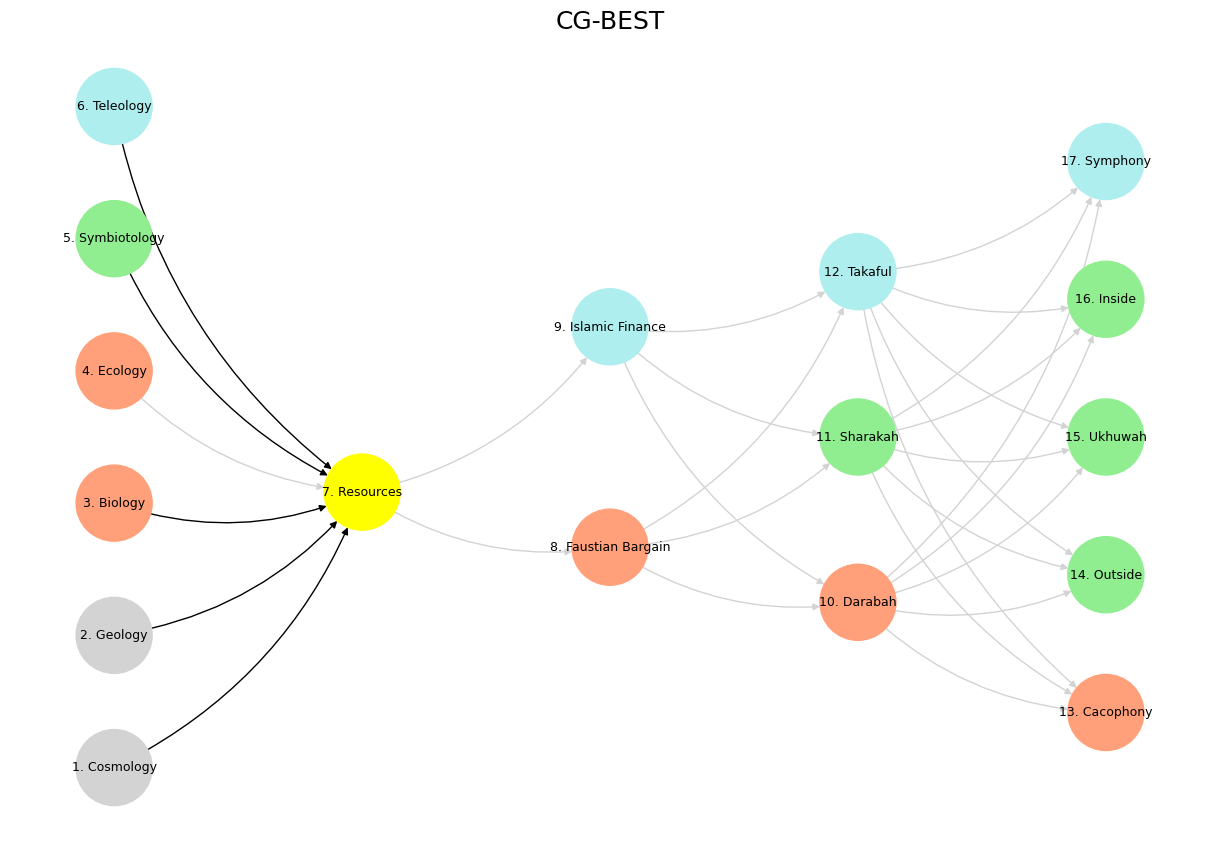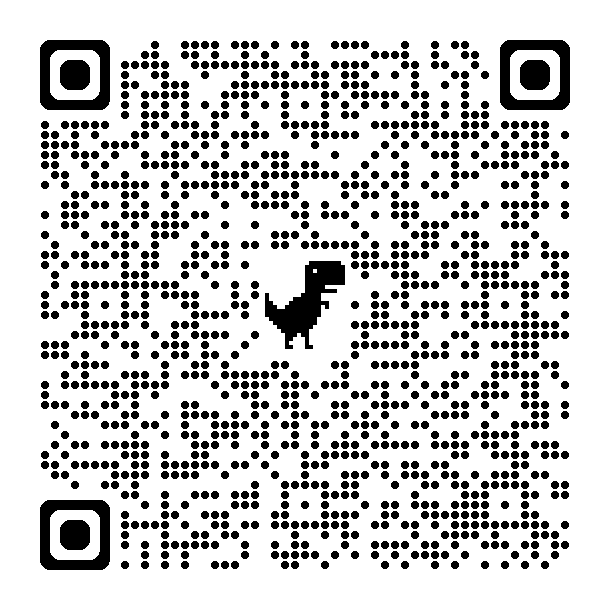Prometheus#
The Rat Terrier—a feisty little legend in a small, muscled package. This is no lapdog with delusions of grandeur; this is a true-blue, all-American working breed that earned its place by earning its keep—hunting, digging, chasing, and, yes, ratting.
History is a fractal unfolding of entropy and order, a ceaseless churn wherein civilizations rise on the back of extracted resources, only to collapse under the weight of their own complexity
Origins: Americana with Teeth#
Rat Terriers are real-deal farm dogs, bred in the U.S. from a cocktail of feisty terriers like the Fox Terrier and Manchester Terrier, with some Whippet and Beagle thrown in for speed and nose. They were originally bred to eliminate vermin, but also became household protectors, alarm systems, and spirited companions.
Teddy Roosevelt himself is said to have championed the breed at the White House—a dog fit for a president but just as happy in a barn.
Personality: Bright, Bossy, and Busy#
They are smart, sassy, and stubborn, like a kid who aced the test but also hid the remote. If you don’t keep them mentally stimulated, they’ll find their own entertainment—and it may involve rearranging your furniture or tunneling into the neighbor’s yard.
Highly trainable, but they need variety. They hate dull repetition.
Loyal to a fault—can be suspicious of strangers, but deeply bonded to their people.
They do best when treated like little problem-solvers. Give them a job, or they’ll find one—possibly involving your socks.
Energy: Small Body, Nuclear Core#
They are fast, ridiculously agile, and have the energy of a toddler on Red Bull. They love fetch, agility courses, or chasing anything that moves. Apartment living can work if you give them enough mental and physical exercise—but they were born to roam, dig, and dominate small prey.
Looks: Lean, Compact, and Purposeful#
Weight: usually 10–25 pounds.
Build: muscular, sleek, and deceptively tough.
Coat: short, low-maintenance, often piebald or tricolor.
Eyes: sharp and alert—always thinking, always plotting.
Verdict: Not for the passive owner#
Rat Terriers are for people who respect a dog with opinions. If you want a quiet shadow, this ain’t it. But if you want a companion who can outthink a puzzle, outjump a fence, and outrun your excuses, this breed is pure gold.
You just better be ready to match their fire. 🐀🔥
Do you have one? Or thinking of getting one?
That’s a shimmering, symbolic moment—and a deeply Rat Terrier one, too.

The economic intelligence of nature: a visualization of dendritic structures, evoking parallels with neural networks, tree branches, and respiratory bronchioles.
Let’s break it down:
Your sister, Ugandan, raised in a culture where dogs are often feared (and for good reason—many Ugandan dogs are guard dogs, untethered, territorial, and rarely pets in the Western sense). That kind of fear runs deep: cultural, ancestral, visceral. So when she is calm around this dog, that’s not just tolerance—it’s trust woven through affection. Love rewriting instinct. The boyfriend’s presence—his confidence and emotional safety—creates a field where even the primal fear of a predator can be muted. That’s huge. That’s alchemy.
But you? You’re not in that emotional triangle. You’re an outsider to their dyad, and the dog, especially a Rat Terrier, picks up on everything: body language, pecking orders, social tensions. You said it showed you its canines? That’s not just a warning—it’s a reading. A terrier reads the room like a chess master snorting Adderall. These dogs have allegiance and protectiveness coded into their DNA. It smelled difference, and difference made it defensive.
But that second encounter? That’s mythic.
You’re hugging your sister’s boyfriend. The dog sees it. Approaches. Intervenes. Tries to break the hug.
— Yoda
What’s that?
That’s attachment protectiveness mixed with a territorial, jealous impulse. The dog sees the boyfriend as its person. The hug is perceived as a challenge—an entanglement it doesn’t control. In its mind, it’s not “joining a group hug.” It’s saying:
Back up. That’s my human.
— Tome
This is deeply primal behavior. Dogs, especially terriers, are not egalitarian. They assign hierarchy, enforce roles, and often interpret sudden group intimacy as disruption. A Rat Terrier is like a tiny general with Napoleon syndrome. It doesn’t want chaos—it wants clarity of allegiance. Hugs confuse that.
But here’s the kicker:
That same dog lets your sister into the circle, lets her feel safe. That’s not just behavior. That’s narrative. You just witnessed a psycho-emotional diagram drawn in fur and fang.
So, what should you do next time?
Don’t challenge, don’t fear, don’t rush the relationship. Let it observe you respecting its alpha—the boyfriend. Let it see you laugh, not lunge. And eventually, it might draw you into the story, too.
Dogs like this aren’t warm and fuzzy. But once they accept you?
They’re loyal beyond logic.

..evoking parallels with neural networks, tree branches, and Visualization of dendritic structures, evoking parallels with neural networks, tree branches, and respiratory bronchioles.
There is something unspeakably powerful about watching someone confront a primal fear—not by force, not by therapy, but by love. My sister, a Ugandan woman with the kind of deeply etched, culturally conditioned fear of dogs that borders on the mythological, stood calmly next to a Rat Terrier. Not just any dog, but the high-voltage, fang-forward kind, the sort bred to burrow into rat holes and defend its territory with a soldier’s suspicion. And there she was, at ease. She wasn’t posturing. She wasn’t masking dread. She was, in fact, safe. The source of that safety wasn’t the dog—it was the man she was standing beside, her boyfriend. His calm, his presence, his ability to buffer her from the storm of her own instincts created a space where an ancestral fear could be suspended. It felt almost theological: the kind of moment where love isn’t just soft, but transformative.
But the dog didn’t extend that same grace to me. When I approached, it showed me its teeth. Not in cartoon menace, but in a raw, calculated display of hierarchy. I wasn’t one of them. I hadn’t been folded into the geometry of trust. My presence interrupted something, and the dog’s reaction was both a signal and a cipher. Rat Terriers aren’t neutral observers. They scan every variable in a room—emotion, posture, energy—and they assign roles with militaristic clarity. I was an intruder, however familial my intentions. And the dog’s warning wasn’t confusion—it was policy. Its tiny body was drawing a border.

Knights-Move Thinking. But just bare with us as we align it with the rest of the content.
Two days later, I encountered it again. This time, I was with my brother, visiting the same home. As we said our goodbyes, the dog’s owner—my sister’s boyfriend—embraced us. And then the dog appeared, small and certain, and tried to break us apart. Not with playful yips or goofy tail wags, but with surgical purpose. It inserted itself into the intimacy and tried to dissolve it. That moment, rich and almost comedic in its timing, was far more than a canine quirk. It was a declaration.
The Rat Terrier was defending something sacred to it—an emotional axis, a personal domain. In that hug, it saw disruption. The man it loved was being physically enmeshed with others, people it hadn’t vetted, people who hadn’t passed its tests. It wasn’t possessive in the childish sense; it was strategic, ancestral. The same dog who had welcomed my sister—because her posture aligned, her fear softened by the boyfriend’s protective field—could not make sense of our embrace. The dog didn’t hate me. It didn’t even dislike me. It was simply doing what its neural code demanded: it guarded attachment with the same precision it would guard a farmhouse from a threat in the tall grass.
Show code cell source
import numpy as np
import matplotlib.pyplot as plt
import networkx as nx
# Define the neural network layers
def define_layers():
return {
'Tragedy (Pattern Recognition)': ['Cosmology', 'Geology', 'Biology', 'Ecology', "Symbiotology", 'Teleology'],
'History (Resources)': ['Resources'],
'Epic (Negotiated Identity)': ['Faustian Bargain', 'Islamic Finance'],
'Drama (Self vs. Non-Self)': ['Darabah', 'Sharakah', 'Takaful'],
"Comedy (Resolution)": ['Cacophony', 'Outside', 'Ukhuwah', 'Inside', 'Symphony']
}
# Assign colors to nodes
def assign_colors():
color_map = {
'yellow': ['Resources'],
'paleturquoise': ['Teleology', 'Islamic Finance', 'Takaful', 'Symphony'],
'lightgreen': ["Symbiotology", 'Sharakah', 'Outside', 'Inside', 'Ukhuwah'],
'lightsalmon': ['Biology', 'Ecology', 'Faustian Bargain', 'Darabah', 'Cacophony'],
}
return {node: color for color, nodes in color_map.items() for node in nodes}
# Define edges
def define_edges():
return [
('Cosmology', 'Resources'),
('Geology', 'Resources'),
('Biology', 'Resources'),
('Ecology', 'Resources'),
("Symbiotology", 'Resources'),
('Teleology', 'Resources'),
('Resources', 'Faustian Bargain'),
('Resources', 'Islamic Finance'),
('Faustian Bargain', 'Darabah'),
('Faustian Bargain', 'Sharakah'),
('Faustian Bargain', 'Takaful'),
('Islamic Finance', 'Darabah'),
('Islamic Finance', 'Sharakah'),
('Islamic Finance', 'Takaful'),
('Darabah', 'Cacophony'),
('Darabah', 'Outside'),
('Darabah', 'Ukhuwah'),
('Darabah', 'Inside'),
('Darabah', 'Symphony'),
('Sharakah', 'Cacophony'),
('Sharakah', 'Outside'),
('Sharakah', 'Ukhuwah'),
('Sharakah', 'Inside'),
('Sharakah', 'Symphony'),
('Takaful', 'Cacophony'),
('Takaful', 'Outside'),
('Takaful', 'Ukhuwah'),
('Takaful', 'Inside'),
('Takaful', 'Symphony')
]
# Define black edges (1 → 7 → 9 → 11 → [13-17])
black_edges = [
(0, 6), (1, 6), (6, 7), (7, 11), (7, 10),
]
# Calculate node positions
def calculate_positions(layer, x_offset):
y_positions = np.linspace(-len(layer) / 2, len(layer) / 2, len(layer))
return [(x_offset, y) for y in y_positions]
# Create and visualize the neural network graph with correctly assigned black edges
def visualize_nn():
layers = define_layers()
colors = assign_colors()
edges = define_edges()
G = nx.DiGraph()
pos = {}
node_colors = []
# Create mapping from original node names to numbered labels
mapping = {}
counter = 1
for layer in layers.values():
for node in layer:
mapping[node] = f"{counter}. {node}"
counter += 1
# Add nodes with new numbered labels and assign positions
for i, (layer_name, nodes) in enumerate(layers.items()):
positions = calculate_positions(nodes, x_offset=i * 2)
for node, position in zip(nodes, positions):
new_node = mapping[node]
G.add_node(new_node, layer=layer_name)
pos[new_node] = position
node_colors.append(colors.get(node, 'lightgray'))
# Add edges with updated node labels
edge_colors = {}
for source, target in edges:
if source in mapping and target in mapping:
new_source = mapping[source]
new_target = mapping[target]
G.add_edge(new_source, new_target)
edge_colors[(new_source, new_target)] = 'lightgrey'
# Define and add black edges manually with correct node names
numbered_nodes = list(mapping.values())
black_edge_list = [
(numbered_nodes[0], numbered_nodes[6]), # though you're such a dot
(numbered_nodes[1], numbered_nodes[6]), # more than the earth
(numbered_nodes[2], numbered_nodes[6]), # you are
(numbered_nodes[4], numbered_nodes[6]), # love
(numbered_nodes[5], numbered_nodes[6]), # & think
]
for src, tgt in black_edge_list:
G.add_edge(src, tgt)
edge_colors[(src, tgt)] = 'black'
# Draw the graph
plt.figure(figsize=(12, 8))
nx.draw(
G, pos, with_labels=True, node_color=node_colors,
edge_color=[edge_colors.get(edge, 'lightgrey') for edge in G.edges],
node_size=3000, font_size=9, connectionstyle="arc3,rad=0.2"
)
plt.title("CG-BEST", fontsize=18)
plt.show()
# Run the visualization
visualize_nn()

Fig. 12 Cosmogeology. And yet, when I said my prayers to-day, A whisper inside me seemed to say, “You are more than the Earth, though you are such a dot: You can love and think, and the Earth cannot!” Source: William Brighty#
What struck me most wasn’t the aggression, but the complexity of it. This wasn’t just a dog reacting. It was a sentient bundle of loyalty, fear, power, and perception. It was enforcing order in a system that, to it, made perfect sense. And the more I thought about it, the more I realized I’d just witnessed an animal’s version of theology. Who is inside the covenant? Who belongs in the sanctuary? Who must wait at the door? These questions weren’t being asked in words. They were being decided in posture, scent, memory, and gaze.
What the Rat Terrier offers isn’t warm companionship, but conditional loyalty. It doesn’t give its love away freely; it assigns it, tests it, revisits the decision. But once given, that love is fortified like a fortress. That’s what my sister tapped into—not the dog, but the gravitational pull of someone who had already passed through those gates. Her boyfriend made her feel safe enough to override a deeply rooted fear. And the dog, perceptive beyond reason, understood that contract. It honored her because she honored him. And it challenged me because I had not yet made my offering.

The economic intelligence of nature: a visualization of dendritic structures, evoking parallels with neural networks, tree branches, and respiratory bronchioles.
What I saw wasn’t just canine behavior. It was a myth playing out in real time. A story of borders and belonging. Of love’s power to rearrange fear. And of a small, muscular animal who understands what so many people forget: that affection isn’t cheap, that trust is earned, and that sometimes the fiercest guardians are also the truest mirrors.

